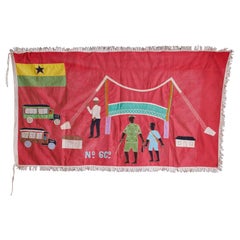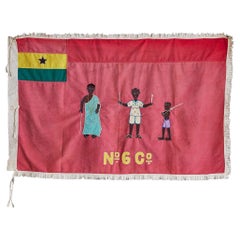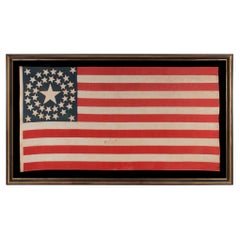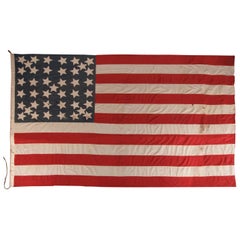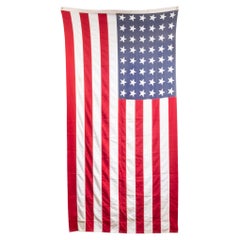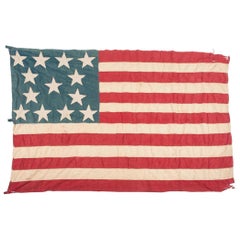Political and Patriotic Memorabilia
1960s Ghanaian Folk Art Vintage Political and Patriotic Memorabilia
Cotton
1960s Ghanaian Folk Art Vintage Political and Patriotic Memorabilia
Cotton
Late 19th Century American Antique Political and Patriotic Memorabilia
Cotton
1850s American Antique Political and Patriotic Memorabilia
Cotton
1880s American Antique Political and Patriotic Memorabilia
Cotton
1860s American Antique Political and Patriotic Memorabilia
Cotton
19th Century American Country Antique Political and Patriotic Memorabilia
Wood
Mid-20th Century American Modern Political and Patriotic Memorabilia
Paper
19th Century American Federal Antique Political and Patriotic Memorabilia
Brass, Bronze
1970s American Classical Vintage Political and Patriotic Memorabilia
Plastic
Early 20th Century Austrian Renaissance Revival Political and Patriotic Memorabilia
Clay
Mid-20th Century Dutch Political and Patriotic Memorabilia
Paper
Early 20th Century Industrial Political and Patriotic Memorabilia
Brass
1880s American Eastlake Antique Political and Patriotic Memorabilia
Velvet, Oak
1860s American American Colonial Antique Political and Patriotic Memorabilia
Paper
1880s American Folk Art Antique Political and Patriotic Memorabilia
Iron
Mid-20th Century Ghanaian Political and Patriotic Memorabilia
Early 20th Century Industrial Political and Patriotic Memorabilia
Brass
Early 20th Century Industrial Political and Patriotic Memorabilia
Fabric
Late 19th Century Antique Political and Patriotic Memorabilia
Fabric
Late 19th Century American Antique Political and Patriotic Memorabilia
Wool
Late 19th Century American Antique Political and Patriotic Memorabilia
Wool
Mid-20th Century British Political and Patriotic Memorabilia
Wool
Late 19th Century American Antique Political and Patriotic Memorabilia
Wool
Late 19th Century American Antique Political and Patriotic Memorabilia
Wool
20th Century American Political and Patriotic Memorabilia
Cotton
Early 20th Century Industrial Political and Patriotic Memorabilia
Fabric
Late 19th Century American Antique Political and Patriotic Memorabilia
Wool
1940s American Vintage Political and Patriotic Memorabilia
Cotton
20th Century American Political and Patriotic Memorabilia
Wool
Antique and Vintage Political and Patriotic Memorabilia
Memorabilia from historical events hold endless value, with every piece telling a story. Antique and vintage political and patriotic memorabilia express pride and heritage and include campaign posters, banners and recruitment advertisements.
World War II posters bring history to life. They celebrate the heroes who fought for their country, as do buttons, flags and banners from this era. Beyond the initial goals of political campaign memorabilia — which served to prominently position candidates in front of voters and amplify a candidate’s platform — vintage campaign prints, posters, buttons and more are interesting relics of another time and place. And like a lot of folk art, these items are imbued with narrative and make for colorful and meaningful additions to shelves and walls.
Find a range of international patriotic items on 1stDibs — banners from the coronation of Queen Elizabeth II are available, as are nesting dolls of the Russian royal family from the 1900s. Each item is a rare treasure, and historic finds like these add meaning to a space. Items promoting women’s right to vote inspire hope. Letters signed by presidents are treasured by admirers.
The range of these works on 1stDibs includes European and American campaign buttons, textiles and flags (and other works in fabric), uniforms and hats. Each piece of antique and vintage political and patriotic memorabilia is a slice of history, making for a unique gift or collector’s item.
